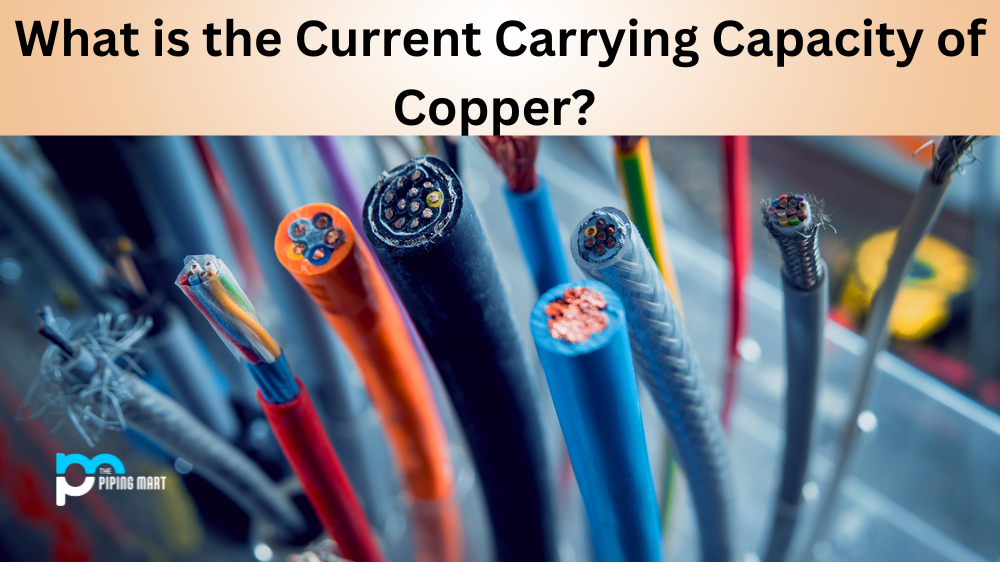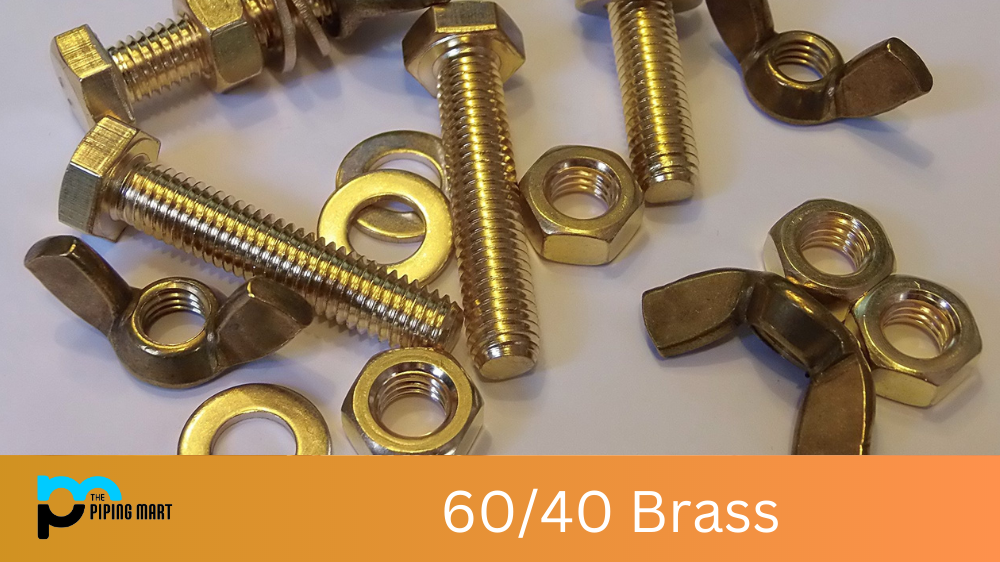Deburring aluminium edges is an essential process that is often overlooked. It can save you time and money in the long run and help ensure your product meets its quality standards. Let’s take a look at deburring aluminium edges and why it’s essential for any metalworking project.
What Is Deburring?
Deburring is the process of removing any sharp edges or burrs from a work piece. Burrs refer to any small bits of material left behind after cutting or machining a metal component. They are typically quite sharp, which can cause problems if they come into contact with other elements or people handling them.
Several methods can be used to achieve this goal when it comes to deburring aluminium edges. Manual deburring involves using hand tools such as files, chisels, scrapers, and sandpaper to remove the burrs from the metal surface. This method is effective but labour-intensive and may need to be more suitable for large production runs. Mechanical deburring involves using abrasive brushes or belt grinders to quickly remove burrs from metal surfaces in less time than manual methods allow. This method works best for high-volume production runs where precision and consistency are paramount.
Why Is Deburring Important?
It’s essential to deburr aluminium edges for several reasons: safety, aesthetics, performance, and quality assurance. Burred edges on a work piece can be hazardous since they are very sharp; workers may get cut when handling these components without proper protection, such as gloves or protective eyewear. In addition, burrs can give finished products an unsightly appearance since they protrude outwards from the surface of the component; this could negatively affect customer satisfaction with your product or service. Finally, burrs can also interfere with the performance of components due to their uneven shape; this could lead to premature failure of parts if not addressed quickly enough. By taking the time to deburr all aluminium work pieces properly before assembly, you can ensure that parts will perform optimally and meet any quality standards your company or industry regulations set.
Conclusion:
All in all, it’s essential to take the time to properly deburr all aluminium edges before assembly to ensure the safety, aesthetics, and performance of components over their lifetime use. Whether you opt for manual or mechanical deburring methods depends on your specific needs and budget; either way, investing in proper deburring techniques will save you time and money down the road! Intended Audience: Metalworking professionals and DIYers interested in aluminium projects




